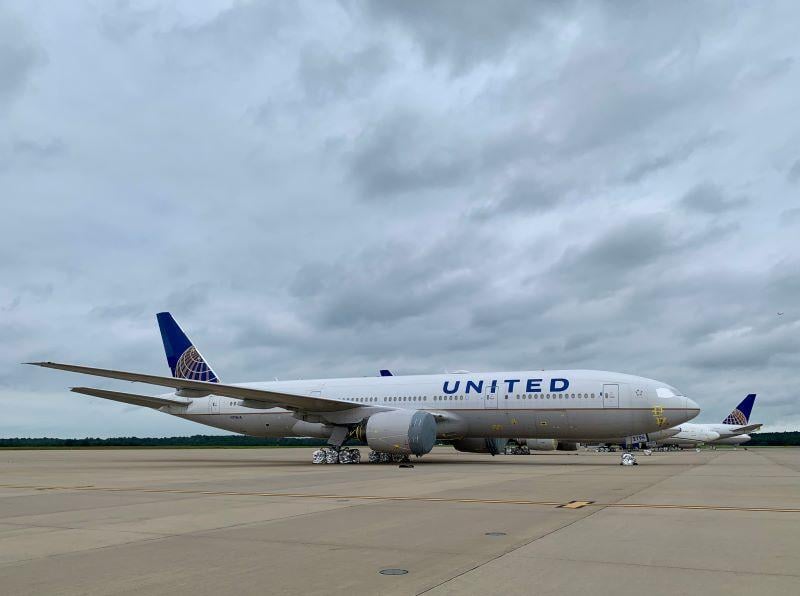
Credit: Sean Broderick / AWST
Inactivity during the fleet’s year-plus grounding is leading to corrosion on Pratt & Whitey PW4000-series air/oil heat exchangers, prompting the FAA to mandate inspections before affected Boeing 777s return to service. A direct final rule made public April 14 outlines the issue and orders...
Subscription Required
This content requires a subscription to one of the Aviation Week Intelligence Network (AWIN) bundles.
Schedule a demo today to find out how you can access this content and similar content related to your area of the global aviation industry.
Already an AWIN subscriber? Login
Did you know? Aviation Week has won top honors multiple times in the Jesse H. Neal National Business Journalism Awards, the business-to-business media equivalent of the Pulitzer Prizes.

